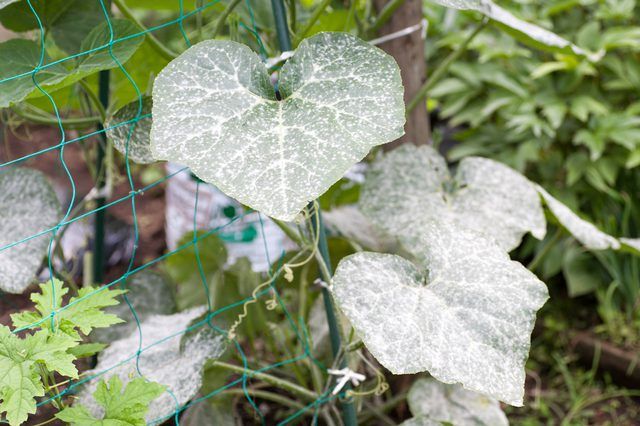Bulbs
Flower Basics
Flower Beds & Specialty Gardens
Flower Garden
Garden Furniture
Garden Gnomes
Garden Seeds
Garden Sheds
Garden Statues
Garden Tools & Supplies
Gardening Basics
Green & Organic
Groundcovers & Vines
Growing Annuals
Growing Basil
Growing Beans
Growing Berries
Growing Blueberries
Growing Cactus
Growing Corn
Growing Cotton
Growing Edibles
Growing Flowers
Growing Garlic
Growing Grapes
Growing Grass
Growing Herbs
Growing Jasmine
Growing Mint
Growing Mushrooms
Orchids
Growing Peanuts
Growing Perennials
Growing Plants
Growing Rosemary
Growing Roses
Growing Strawberries
Growing Sunflowers
Growing Thyme
Growing Tomatoes
Growing Tulips
Growing Vegetables
Herb Basics
Herb Garden
Indoor Growing
Landscaping Basics
Landscaping Patios
Landscaping Plants
Landscaping Shrubs
Landscaping Trees
Landscaping Walks & Pathways
Lawn Basics
Lawn Maintenance
Lawn Mowers
Lawn Ornaments
Lawn Planting
Lawn Tools
Outdoor Growing
Overall Landscape Planning
Pests, Weeds & Problems
Plant Basics
Rock Garden
Rose Garden
Shrubs
Soil
Specialty Gardens
Trees
Vegetable Garden
Yard Maintenance
Identifying Powdery Mildew
Individual powdery mildew fungi infest a limited number of plants. Nearly all of the fungi, however, cause the same easily identifiable symptoms.
When powdery mildew finds your garden, it won't be difficult to spot. Each of the numerous powdery-mildew fungal strains attacks a specific group of hosts, and all leave the same calling card: plants looking as if they had been coated with powered sugar. Other signs of infection vary from stage to stage, but the signature white-to-grayish leaf blotches are unmistakable. Identifying the disease is the easy part.

Tip
Because powdery-mildew fungi are host-specific, identifying the disease on one variety of plant doesn't mean it's about to spread throughout your garden. The common Golovinomyces cichoracearum strain, for example, limits itself to annual zinnias (Zinnia spp.) and other Daisy-family (Compositae, Asteraceae) plants. Sphaerotheca fuliginea and Erysiphe cichoracearum, on the other hand, target only cucurbits such as zucchini (Cucurbita pepo) and cucumbers (Cucumis sativus).
From Bad to Worse
Early Infection
Even before the telltale blotches appear, infected leaves may twist, curl or become discolored with reddish areas or scorching. Flower buds sometimes refuse to open.
In most cases, however, powdery mildew surfaces as white spots gradually merging to cover the stems and both sides of the leaves. Less frequently, they appear on fruit or flowers. The blotches never penetrate deeper than the uppermost layer of cells, or epidermis. That's deep enough, however, for them to siphon off a plant's growth-sustaining nutrients.
Tip
An exception to the both-sides rule is the Leveillula taurica powdery-mildew strain attacking tomatoes (Lycopersicon spp.) and other Nightshade (Solanaceae) family plants. Its blotches affect only the backs of the leaves.
Advanced Infection
Unless treated, powdery-mildew infection leads to yellowing, dying leaves that drop prematurely. On fruiting plants and vegetables, leaf loss may lead to sunburn. Continued nutrient loss slows growth and leads to loss of vigor.
Tip
Severe powdery mildew may also cause reduced cold resistance. For deciduous trees that drop their leaves in fall, this means delayed spring growth.
When and Where It Strikes
Powdery mildew infection begins when wind carries fungal spores from previously infected plants or fallen leaves to new hosts. Given the right conditions, the spores germinate into white spots in as little as a week, and the white spots begin producing spores of their own.
Combine dry plants, dry weather and temperatures in the 60- to 80-degree Fahrenheit range with shade, and you have ideal powder-mildewy conditions. Direct sun, wet surfaces and temperatures above 95 degrees kill the spores.
Fighting Back
Take action as soon as you identify a powdery-mildew infection. Prune infested plant parts and dispose of them in sealed plastic bags. To keep the spores from spreading, disinfect your pruning tools in rubbing alcohol between cuts and after you finish.
To minimize symptoms, consider spraying with a homemade solution of 1 part skim or raw milk to 9 parts water.
Things You'll Need
Raw or nonfat milk
Measuring cups
Clean, 1-quart (32-ounce) spray bottle
Step 1
Measure and pour 1/3 cup of raw or nonfat milk into a clean spray bottle.
Step 2
Measure and pour 3 cups of water into the bottle.
Step 3
Spray the infected plants thoroughly, being sure to hit both sides of the leaves.
Step 4
Repeat weekly while conditions favor powdery-mildew infection.
Tip
The National Gardening Association estimates that this treatment reduces symptoms up to 90 percent.
Powdery Mildew Prevention
Practice these preventive measures to reduce the likelihood of infection:
Promptly clean up and dispose of plant debris during the growing season, and remove all dead annuals and vegetable plants in the fall. Don't compost the material.
When possible, cut back overhead branches so more sun reaches the plants.
Water from above to wash off spores before they germinate and kill the ones landing before the water dries.
Allow enough space between your plants for good air circulation.
Replace chronically infected plants with mildew-resistant varieties.
Warning
Return to watering your plants from beneath after the risk of mildew subsides. Watering from above exposes them to other types of fungal infections.